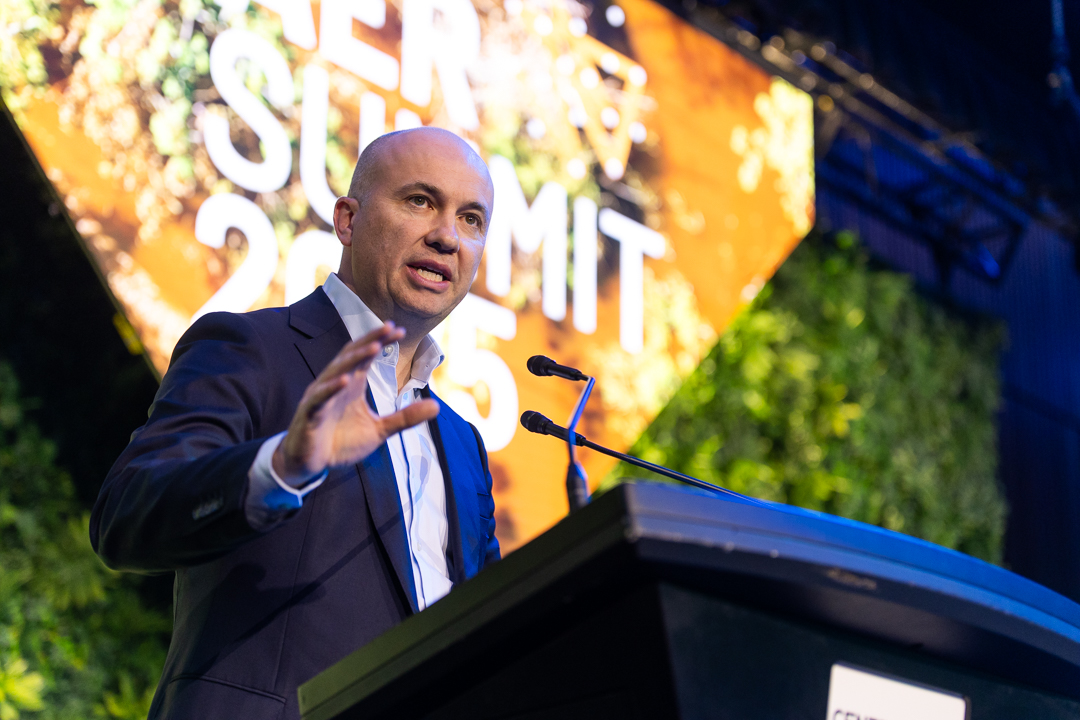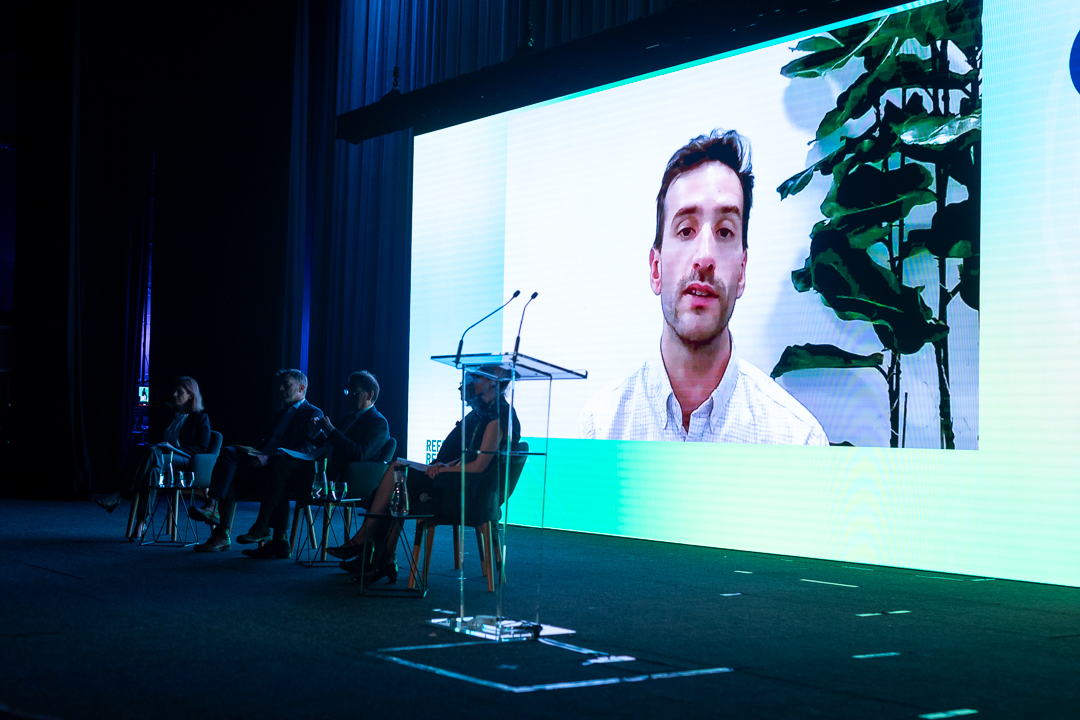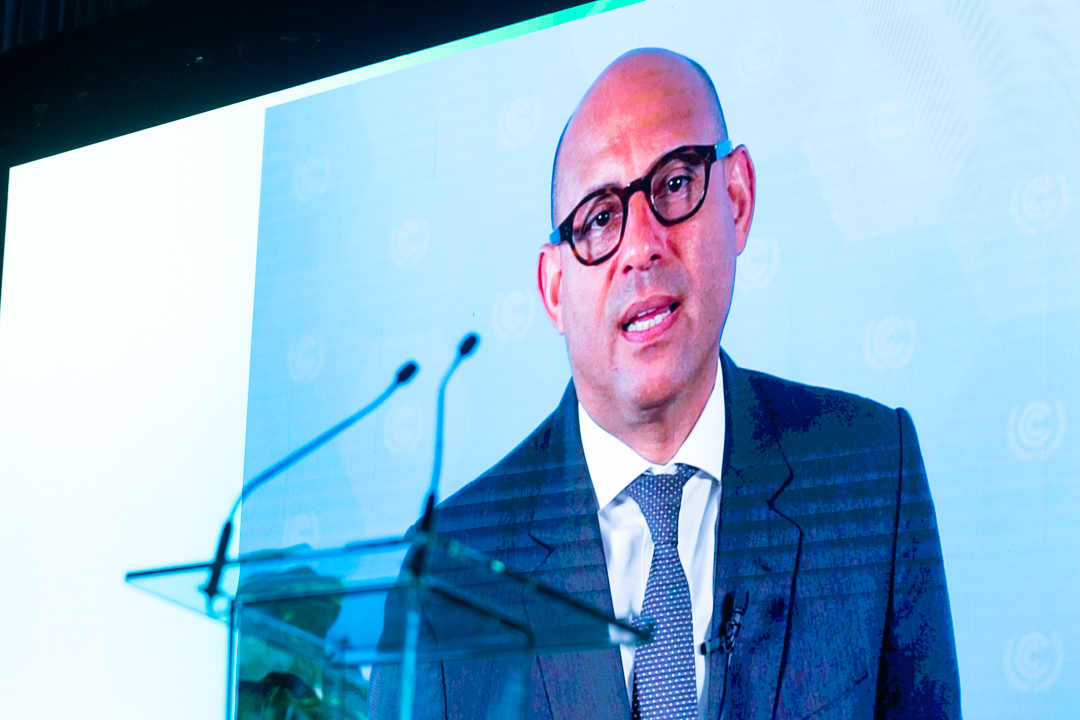Opening remarks by Kurt Winter, Interim CEO & Director, Corporate Transition, CMI
When we look outside Australia, we see many places where those fighting climate change are under attack and are confronting fierce headwinds.
They are confronting forces that are intent on slowing international cooperation.
Forces that are unravelling scientific institutions and erasing the scientific knowledge that is the bedrock of our efforts to stem the harmful effects of climate change.
Forces that seek to reverse the deployment of transformative technologies.
And forces that are threatening the very survival of communities and the natural environment.
In Australia, we have some headwinds of our own to contend with. But they are much more muted. Instead, we are lucky enough to live in a time when we have the wind in our sails.
We have a federal government, and a federal Parliament, committed to strong action on climate change.
We have a highly capable public service that is entrusted to provide frank and fearless advice.
And we generally have states and territories – including here in Victoria –– that favour ambitious action.
Importantly, we have a general public that favours strong action on climate change.
We also have many businesses that recognise the urgent need to decarbonise their operations and reach net zero. And we have many businesses whose sole purpose is to contribute to Australia’s efforts to reach net zero.
These circumstances and forces all help us to build momentum. And because we are lucky enough to have the wind in our sails, we can choose to embrace greater ambition.
Our focus needs to be on accelerating towards net zero – on making the most of these crucial next few years. The scientific window for action is narrowing, and this extraordinary opportunity must not be squandered.
The task ahead will involve challenges for us all – governments, businesses, and communities. It will test our courage and our leadership.
In many ways, the federal government has already risen to the challenge, creating opportunities for the rest of us.
It has legislated emissions reduction targets. And we look forward to its next 2035 target, which we hope and expect will align with what the science demands.
The government is also developing sector-specific net zero plans, which will be important in delivering much-needed economy-wide action.
It has legislated a nature repair market. And it has introduced and expanded a Capacity Investment Scheme to underwrite the deployment of clean energy.
We acknowledge these achievements. But leadership requires continued perseverance.
As Vaclav Havel once said “Vision must be combined with venture. It is not enough to stare up the steps, we must step up the stairs.”
The task now for government is steer Australia through potentially more turbulent waters, avoiding the pitfalls of poor judgement and inadequate planning.
This task will require foresight in developing robust policy frameworks that can stand the test of time, and provide investment confidence.
It will require cooperation with our key trading partners, particularly in the Asia-Pacific region.
And it will require building trust with our businesses and communities, to ensure a prosperous and just transition.
On the policy front, we still lack a clear roadmap showing how the government wants the carbon market to evolve and support the broader economy.
Strengthening Australia’s market-based mechanisms will be critical to ensuring an efficient and effective transition. This includes strengthening the reformed Safeguard Mechanism and improving National Electricity Market settings.
Investment confidence also requires the timely completion of reforms to the ACCU Scheme. And it requires continued commitment to support new ACCU methods that can deliver abatement at scale, including the long-awaited Integrated Farm and Land Management method.
The Australian Government should also take a leadership role in guiding voluntary climate action, to support high integrity carbon market engagement.
The government must conclude its review of the Climate Active program, and establish stronger guidance and certification programs that are capable of driving high-integrity action, including through engagement with carbon markets.
Another important task for government is to start to think about how to transition away from fossil fuels – as agreed at COP28 talks in Dubai. Australia must work with key trading partners to pursue a planned approach, advanced hand in hand with efforts to triple renewable energy and accelerate zero- and low-carbon fuels and technologies.
Carbon markets cannot be used as a fig leaf for fossil fuel expansion. They must complement and enhance effective decarbonisation, rather than being a substitute for it.
On the international stage, the Australia government should also embrace a leadership role.
Many governments are recognising the role that carbon markets can play in mobilising capital towards reducing emissions. And they are issuing principles and guidance to stimulate high-integrity market engagement.
As CMI recently highlighted to Executive Secretary Simon Stiell, Australia can drive unparalleled cooperation on climate action across the Asia Pacific region through carbon markets.
This is a crucial task, because strong and interconnected carbon markets can accelerate the transfer of climate finance, technology and expertise. Government funding for the global fight against climate change is at nowhere near the levels required. And in some countries these funds are drying up.
Greater international cooperation will deliver important benefits to those who are most vulnerable to the impacts of climate change.
Taking full advantage of this moment when we have the wind in our sails also presents opportunities for businesses. But only if they are courageous enough to embrace them.
In the shift from carbon neutrality to net zero alignment, companies need to prioritise emissions reductions in accordance with a declared Paris-aligned net zero pathway.
And they also need to demonstrate that they are taking responsibility for remaining emissions both during and after their transition to net zero, by investing in carbon credits.
Businesses must work with their value chain partners to drive innovation and accelerate decarbonisation.
And businesses – as well as the organisations that represent them – need to call for and support strong policies that are capable of delivering a strong 2035 climate target and then getting us rapidly to net zero.
Businesses also need to make sure they always act with integrity. The Carbon Market Institute has always had a strong focus on carbon market integrity, as demonstrated most recently by its creation of a new entity to administer the Carbon Industry Code of Conduct, that is largely focused on land-based carbon projects.
While companies are just starting to grapple with their obligations to manage nature risk, the intersection between nature and climate has long been recognised by those in the carbon sector.
Holistic climate and nature solutions present unique opportunities to maximise outcomes that deliver both high integrity carbon abatement and biodiversity improvements.
If all goes to plan, next year’s CMI Summit will take place just before a COP31 summit in Adelaide, hosted by Australia and its Pacific neighbours.
As we invite the world to our shores in a potential COP31 Presidency, Australia must choose to stand as a champion of international cooperation – open to genuine partnerships with our Pacific neighbours and trading partners across the Asia Pacific region.
So often the question is framed as: ‘Will Australia co-host COP31?’
But a much more important question is: ‘If we do co-host it, how would Australia and its Pacific neighbours make COP31 a success?
We know that our Pacific neighbours have already laid the groundwork for success through their extraordinary win at the International Court of Justice, which confirmed that the Paris Agreement’s 1.5 degree limit is the world’s agreed primary temperature goal.
With the ICJ’s decision, we now have advice from the world’s highest court stating that the relevant standard for determining a State’s compliance is whether it has taken all measures within its power to prevent significant harm.
Importantly, this extends to regulating the activities of the business sector. The ICJ said that a State may be responsible if it fails to take “the necessary regulatory and legislative measures to limit the quantity of emissions caused by private actors under its jurisdiction”.
But one thing we also know is that COPs can’t succeed if the host adopts a ‘do as I say, not as I do’ approach. And we are confident for that reason that the Australian Government, and its state counterparts, will redouble their efforts to show leadership on all fronts, not least in the setting of an ambitious NDC.
We also know that climate COPs can’t succeed if the businesses that operate in host countries waver, or worse, try to undermine strong outcomes. Businesses have a constructive role to play, and that is why COP diplomacy explicitly recognises the role of business and its relationship with official negotiators.
The $14 trillion-dollar global green economy will positively transform Australia and we stand to gain from industries including renewable energy, renewable hydrogen, green metals, low carbon liquid fuels and sequestration – many of which are represented here today.
The counterfactual is a picture of increased disruption and escalating economic losses.
A couple of weeks ago, I presented to sustainable energy students at my alma mater, the University of Queensland.
One student asked me afterwards what advice I would give to young people on hope in the face of climate change. In response I reflected that real change requires everyone to act in different ways, recognising your own place in the transition and your own opportunity to contribute to the greater collective effort.
I also recommended reading American writer, Rebecca Solnit’s Hope in the Dark.
As Solnit writes: “Cause-and-effect assumes history marches forward, but history is not an army. It is a crab scuttling sideways, a drip of soft water wearing away stone, an earthquake breaking centuries of tension. Sometimes one person inspires a movement, or her words do decades later, sometimes a few passionate people change the world; sometimes they start a mass movement and millions do; sometimes those millions are stirred by the same outrage or the same ideal, and change comes upon us like a change of weather. All that these transformations have in common is that they begin in the imagination, in hope.”
As I said earlier, we have to make the most of these times.



